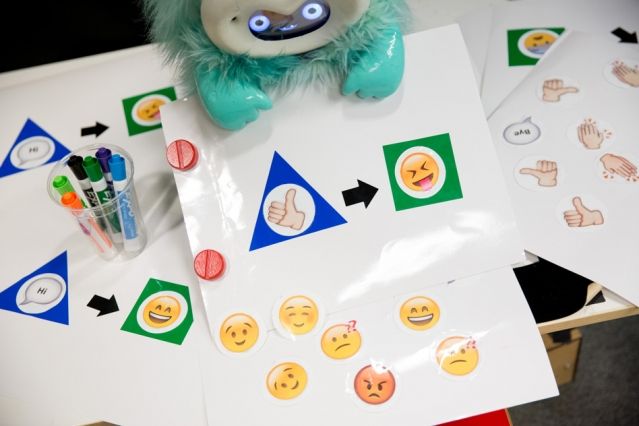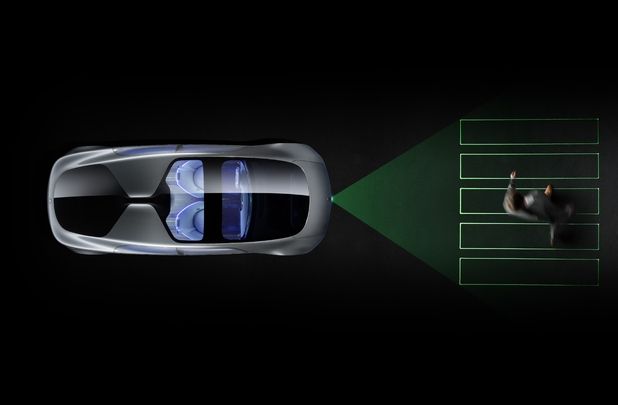Jon Turney — Aeon![http://cdn-imgs-mag.aeon.co/images/2015/03/Digitarians-Dunne-and-Raby-1024x641.jpg]()
Picture yourself in a supermarket aisle in 2050. These new ‘magic meatballs’, brightly coloured for the kids, seem worth a try. Better have some of the meat powder too, one of the more established products from the mass-manufacturers of cultured meat – you can make that creamy meat-based fondue that always satisfies. You don’t fancy the meat ice-cream today, but there’s still time left for a trip to the deli counter, for some expensive, but delicious ‘rustic’ meat, matured in special vats, or perhaps some knitted steaks. And you can pile your cart secure in the knowledge that no animals were harmed in the making of any of these offerings.
At the moment, in vitro meat is a laboratory venture, yielding expensive and unappetising-looking muscle fibres that might be fit for filler in pies or burgers. But suppose the researchers’ ambitions are realised? Where will the technology go? How will it be marketed and consumed? Who might want it, and what for? These questions animate The In Vitro Meat Cook Book (2014) by Koert van Mensvoort and Hendrik-Jan Grievink, whose recipes for hypothetical products are sampled above. The authors’ open-ended, imaginative approach makes the book a good example of a new way of questioning technology: design fiction. As questions about technological choices trouble us more and more, it could be that design fiction, not science, has the better answers.
Read more
 Researchers at the MIT Media Laboratory are developing a system that enables young children to program interactive robots by affixing stickers to laminated sheets of paper.
Researchers at the MIT Media Laboratory are developing a system that enables young children to program interactive robots by affixing stickers to laminated sheets of paper. If Hollywood’s depiction of artificial intelligence were accurate, we would be falling in love with operating systems, sharing our homes with Stepford wives, and fending off cyborg attacks by now. While movies like
If Hollywood’s depiction of artificial intelligence were accurate, we would be falling in love with operating systems, sharing our homes with Stepford wives, and fending off cyborg attacks by now. While movies like 

 I’m sitting in a desk chair in an office in Mountain View, California. But with a virtual-reality headset strapped to my head and headphones over my ears, it looks and sounds like I’m standing in the belly of a blimp, flying high above silent city blocks dotted with billboards for a Despicable Me theme-park ride.
I’m sitting in a desk chair in an office in Mountain View, California. But with a virtual-reality headset strapped to my head and headphones over my ears, it looks and sounds like I’m standing in the belly of a blimp, flying high above silent city blocks dotted with billboards for a Despicable Me theme-park ride.










